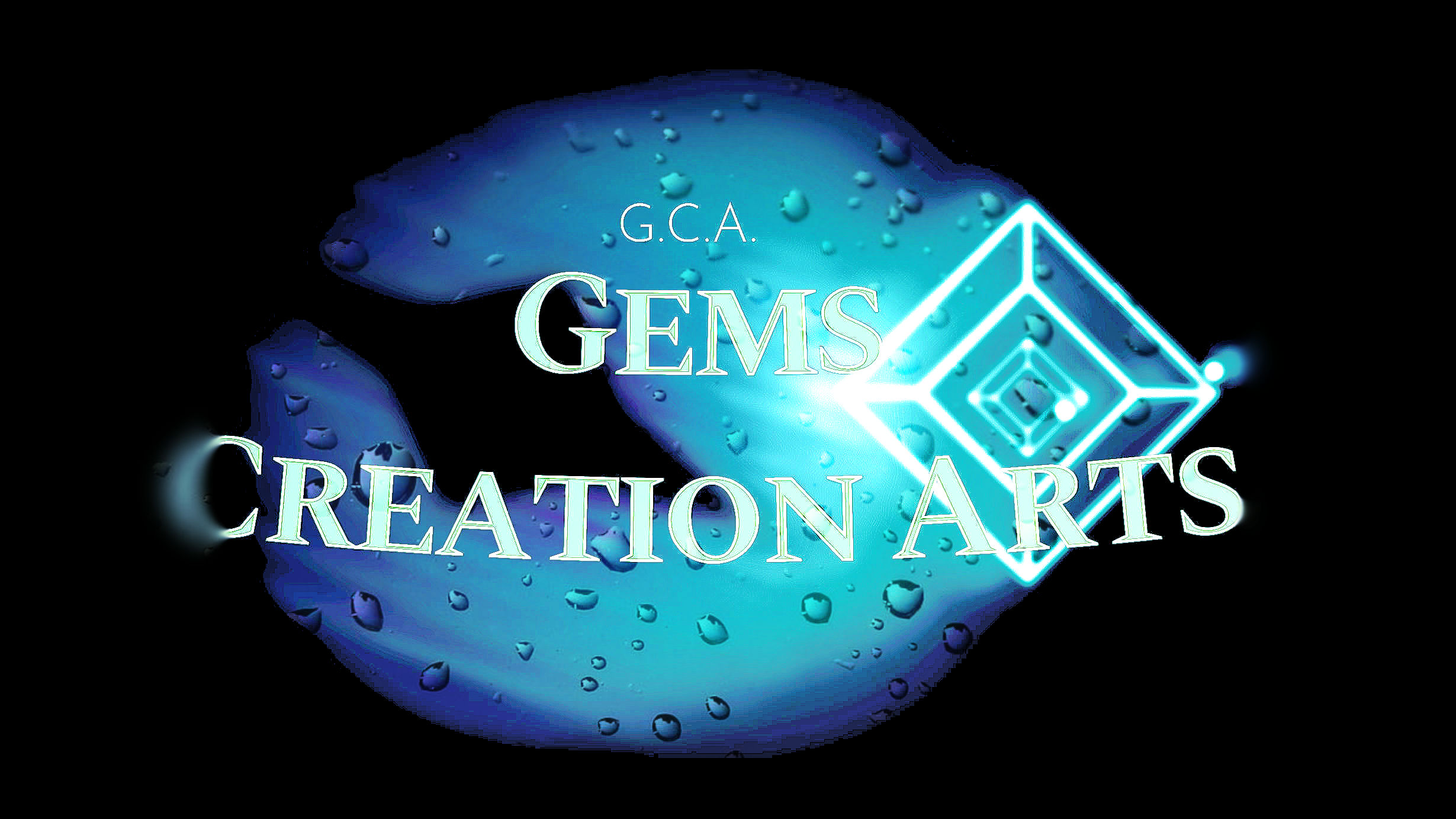
Understanding Emerald and Aquamarine Gemstones
- Main manager Contact | Th.M.V

- Oct 20
- 4 min read
When I first delved into the world of gemstones, few stones captivated me like the radiant beryl stone varieties. Among these, emerald and aquamarine stand out as dazzling jewels, each with its own story, charm, and allure. These gems are not just beautiful; they are steeped in history, symbolism, and artistry. Today, I invite you to journey with me through the shimmering depths of these two precious beryl stones, exploring their origins, characteristics, and the magic they bring to the world of fine jewellery.

The Allure of Beryl Stone Varieties: Emerald and Aquamarine
Beryl is a fascinating mineral family, and within it, emerald and aquamarine shine as two of the most beloved members. But what makes these stones so special? The answer lies in their unique chemical compositions and the subtle traces of elements that give them their signature colours.
Emeralds owe their lush, verdant green hue to traces of chromium and vanadium. This deep green is often described as the colour of life itself - vibrant, rich, and endlessly captivating. Aquamarine, on the other hand, enchants with its serene blue to blue-green shades, reminiscent of tranquil ocean waters. Its colour comes from traces of iron within the beryl crystal.
Both stones are prized not only for their beauty but also for their rarity and the skill required to cut and polish them to perfection. At Gems Creation Arts (GCA), we take immense pride in sourcing ethically and ensuring every gem meets the highest standards of quality and brilliance.

The Science and Symbolism Behind These Gems
Understanding the science behind emerald and aquamarine enriches our appreciation of their beauty. Beryl, the mineral family they belong to, is a beryllium aluminium cyclosilicate. The presence of different trace elements creates the spectrum of colours we see.
Emeralds have fascinated cultures for millennia. Ancient Egyptians believed emeralds symbolised fertility and rebirth. The Incas treasured them as sacred stones, and today, emeralds continue to represent hope, renewal, and prosperity. Aquamarine, with its calming blue, has long been associated with the sea. Sailors once carried aquamarine talismans for protection and safe voyages. Its name, derived from Latin meaning "water of the sea," perfectly captures its tranquil essence.
From a practical perspective, emeralds are somewhat softer and more prone to inclusions, often called the stone’s "jardin" or garden, which adds character but requires careful handling. Aquamarine is generally harder and more durable, making it a popular choice for everyday jewellery.
Can aquamarine and emerald be worn together?
A question I often encounter is whether these two stunning beryl varieties can be paired in jewellery. The answer is a resounding yes! Their contrasting yet complementary colours create a striking visual harmony. Imagine the deep green of an emerald set alongside the cool blue of an aquamarine - a dance of earth and sea, passion and calm.
When designing or selecting pieces that combine these stones, consider the following tips:
Balance the colours: Use one stone as the focal point and the other as an accent to avoid overwhelming the design.
Choose complementary metals: Yellow gold enhances the warmth of emeralds, while white gold or platinum beautifully showcases aquamarine’s cool tones.
Mind the size and cut: Matching the cut style (e.g., emerald cut or oval) can unify the look, even with different colours.
At GCA, we often craft bespoke pieces that celebrate this pairing, ensuring each gem’s unique qualities shine through while creating a cohesive, elegant design.

How to Choose and Care for Your Emerald and Aquamarine
Selecting the perfect gemstone is both an art and a science. Here are some practical tips to guide you:
Colour is king: For emeralds, look for a rich, vibrant green with good saturation. For aquamarine, seek a clear, bright blue or blue-green.
Clarity matters: Emeralds often have inclusions, but avoid stones with large cracks or fractures. Aquamarine should be eye-clean, free from visible inclusions.
Cut quality: A well-cut stone maximises brilliance and colour. Inspect the symmetry and polish carefully.
Certification: Always request certification from a trusted source like Gems Creation Arts to ensure authenticity and ethical sourcing.
Caring for these gems is equally important. Emeralds require gentle cleaning with mild soap and water; avoid ultrasonic cleaners due to their inclusions. Aquamarine is more robust but still benefits from careful handling and storage away from harsh chemicals.
Why Gems Creation Arts is Your Trusted Partner for Beryl Stones
In the vast world of coloured gemstones, trust and quality are paramount. Gems Creation Arts (GCA) stands out as a beacon of integrity and excellence. Our commitment to ethically sourced, certified gemstones means you can buy with confidence. Whether you are a jeweller seeking wholesale supplies or a collector searching for that perfect stone, GCA offers an unparalleled experience.
We understand the nuances of emerald and aquamarine, and our expert team guides you through every step - from selection to delivery. Our mission is to make gemstone sourcing seamless and joyous, ensuring your success and satisfaction.
If you want to explore more about the fascinating world of emerald and aquamarine, visit our website and discover the treasures waiting for you.
The world of beryl stones is vast and enchanting. Emerald and aquamarine, with their timeless beauty and rich histories, continue to inspire and captivate. Whether worn separately or together, these gems bring a touch of magic to every piece they adorn. Dive into their depths, and let their stories become part of your own.





Comments